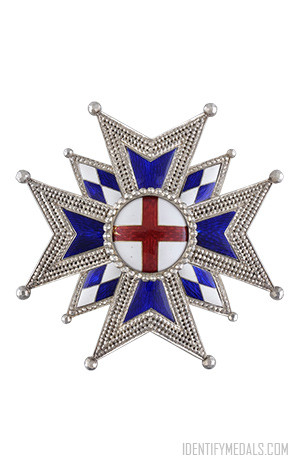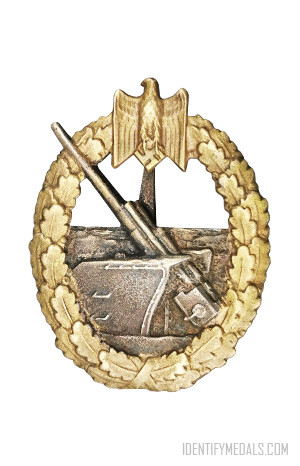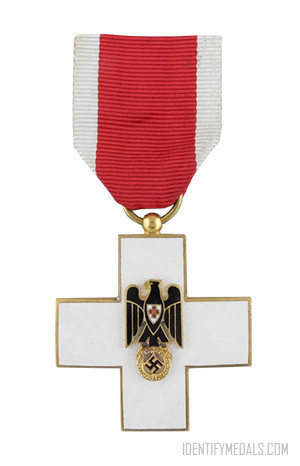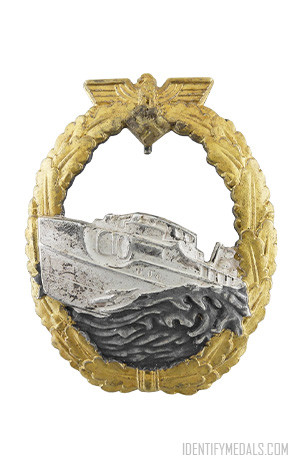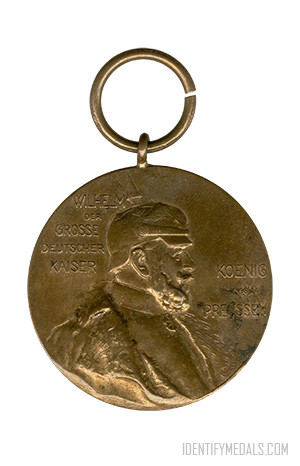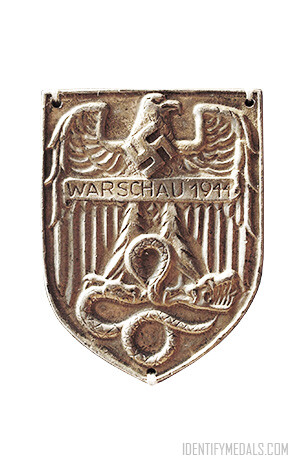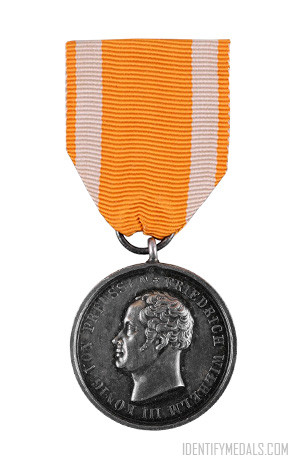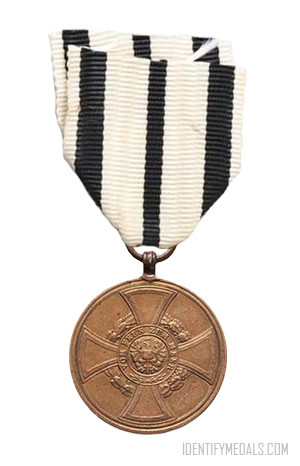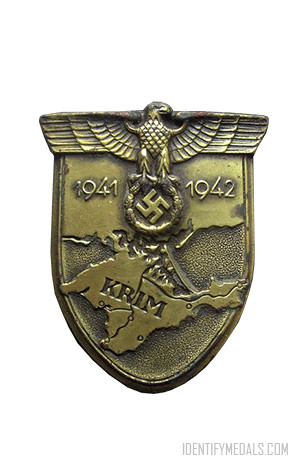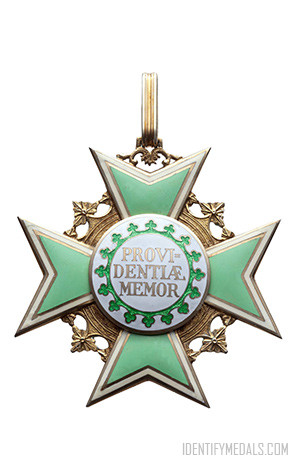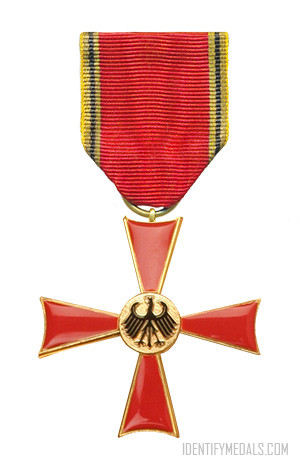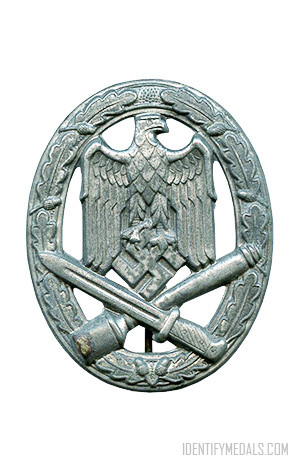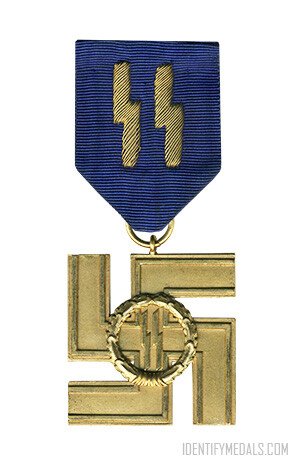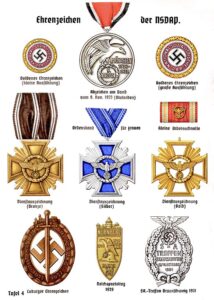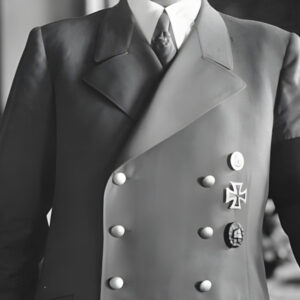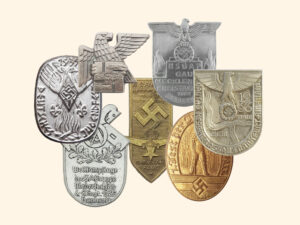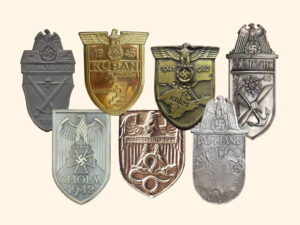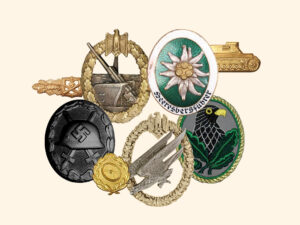- Time Period: Pre-WW1
- Institution: ~ 1726
- Country: Germany (Kingdom of Bavaria)
Its status as a Catholic Order was confirmed in a Papal Bull of 15 March 1728 – specifically comparing the Order with the Teutonic Order, which had likewise been transformed from a Crusading Order to an exclusive chivalric religious institution for the Nobility.
Various Bavarian Princes who in the fifteenth century had made pilgrimages to the Holy Sepulcher and were there invested as knights had each made a promise to Saint George, the patron saint of chivalry. Maximilian’s son, the Elector Karl-Albrecht, gave the new Order its title of Order of the Holy Knight and Martyr Saint George and the Immaculate Conception of the Holy Virgin Mary and established its statutes on March 28, 1729 as a Military Order of Chivalry for Roman Catholic noblemen.
The Royal Order of Saint George Design
The badge of the Order is a blue enameled gold Maltese cross with white enameled borders and small gold balls on the points. There are blue diagonal lozenges (each bearing a gold letter, V. I. B. I., representing the words Virgini Immaculatae Bavaria Immaculata) between the arms also with white enameled borders.
The round gold medallion in the center obverse has the image of the Virgin Mary within a white enameled border. The reverse of the badge has the same design except that the arms of the cross are enameled red and the blue lozenges bear the letters I. V. P. F. (Justis Vt Palma Fiorebit or “Distinguished for Justice and Glory”). The center gold medallion is of Saint George slaying the Dragon within a green enameled laurel wreath.
The badge hangs from a light blue silk moire ribbon with white stripes near its border with narrow dark blue stripes on the inside of these white stripes. It’s suspended by a gold lion’s head holding in its mouth a blue reverse crescent shaped handle of the gold and enamel strapwork supporting the badge proper.
The officials of the order wore a special heraldic cross, a Maltese cross like the former, but with its round central medallion bearing the red cross of St. George.
On formal occasions the badge is worn by the members of the first class of the order (i.e., Grand Master, Grand Priors and Grand Commanders) from a gold collar formed of links in the form of a gold rectangle with gold Bavarian royal crowns on the either side of this rectangle, or in the form of two gold lions rampart combatant standing on a gold scroll.

